What Rotterdam is probably most famous for has long been its port, one the largest in the world by most measures and still the busiest in Europe in volume of traffic. This is partly due to Rotterdam's location near the mouth of the Rhine and Maas Rivers in the densely populated northwestern part of Europe but also due to the Dutch development of extensive port facilities dredged from the very flat land along the riverbanks. Although still first in Europe, where Rotterdam stands in the world is up for debate. On my boat cruise I heard third busiest in the world after Shanghai and Singapore, but a quick internet search now places the top 10 ports in the world in terms of container ship traffic all in Asia. In any event, though, Rotterdam’s container ship traffic is around 12 million TEUs (twenty-foot equivalent units) of containers a year, impressive considering that container shipping only started in the mid-1960s, an technique about the same age as I am that now dominates world trade.
Although the Nieuwe Maas river is very busy at the city of Rotterdam with ships and barges traveling to and from upstream destinations, the main port facilities are downstream
. Tour companies offer various cruises from the quay at Erasmus Bridge to the port facilities, the most popular of which go every 90 hour-and-a-half for a 75 minute cruise to the Heysehaven and Waalhaven container port facilities and boat dry docks on the south side of the Maas. While impressive in size, these no longer can handle the biggest new container ships or oil tankers, for which the ports are further downstream near the river’s mouth at the North Sea. But that "Future World" trip to the gargantuan new facilities is on a different longer tour.
The narrated tour passed a number of other interesting spots along the river including Delfshaven, the former harbor connected by canals to the city of Delft from which the pilgrims sailed to America, the Euromast observation tower, a small dry dock where hobby ship architects are constructing a replica of an old sailing ship using only techniques of that era, and several very specialized port facilities. One of those is the European Fruit Port where fruit and vegetables from around the world are kept in old and low CO2 level storage before distribution around Europe, and a special facility for unloading and storing orange juice concentrate for Europe which comes in tankers from Brazil
.
From the river you get an impression not only of the development of the port facility but also the extent of Rotterdam city and its strange configuration of oddly-shaped skyscrapers. I say strange configuration because most European cities that have tall buildings such as London, Frankfurt, and Paris (La Defense) the skyscrapers are clustered densely near one or more transit hubs. In Rotterdam, though, they are scattered across the city more like you find in fast-growing Asian cities.
One of the last sights along the river was the S.S. Rotterdam, the largest Dutch-built ocean liner in service across the Atlantic from 1958 to 1972 and then used as a cruise ship. Nowadays the Rotterdam is moored in port permanently and used as a hotel, restaurants, stores, and a permanent tourist attraction. It did get me to thinking about my mother’s sailing to America in 1955, which if I recall correctly from her stories was on a ship named the Maasdam rather than one of the Rotterdam’s four earlier versions bearing the same name, but I believe her port of embarkation was Rotterdam rather than Antwerp, Belgium. If so, the last few miles of the Maas/Rhine before the North Sea would have been the last she saw of Europe for 30 years until her first of two visits back to the continent in 1985.
Rotterdam Port - Largest in Europe, 3rd Worldwide
Friday, April 14, 2017
 Rotterdam, Zuid-Holland, Netherlands
Rotterdam, Zuid-Holland, Netherlands
Other Entries
-
1Delft - Classic Dutch Town of Vermeer and Porcelai
Apr 122 days prior Delft, Netherlandsphoto_camera157videocam 0comment 0
Delft, Netherlandsphoto_camera157videocam 0comment 0 -
2The Hague - Seat of Government but not the Capital
Apr 131 day prior The Hague, Netherlandsphoto_camera76videocam 0comment 0
The Hague, Netherlandsphoto_camera76videocam 0comment 0 -
3Mauritshuis - Art of the Dutch Golden Age
Apr 131 day prior The Hague, Netherlandsphoto_camera59videocam 0comment 0
The Hague, Netherlandsphoto_camera59videocam 0comment 0 -
4Rotterdam - Cutting Edge Modern Architecture
Apr 14earlier that day Rotterdam, Netherlandsphoto_camera105videocam 0comment 0
Rotterdam, Netherlandsphoto_camera105videocam 0comment 0 -
5Rotterdam - Boijmans Van Beuningen Museum
Apr 14earlier that day Rotterdam, Netherlandsphoto_camera43videocam 0comment 0
Rotterdam, Netherlandsphoto_camera43videocam 0comment 0 -
6Rotterdam Port - Largest in Europe, 3rd Worldwide
Apr 14 Rotterdam, Netherlandsphoto_camera72videocam 0comment 0
Rotterdam, Netherlandsphoto_camera72videocam 0comment 0 -
7Dordrecht - Oldest City in the Holland
Apr 151 day later Dordrecht, Netherlandsphoto_camera97videocam 0comment 0
Dordrecht, Netherlandsphoto_camera97videocam 0comment 0 -
8Kinderdijk - The Story of Dutch Windmills
Apr 151 day later Kinderdijk, Netherlandsphoto_camera41videocam 0comment 0
Kinderdijk, Netherlandsphoto_camera41videocam 0comment 0 -
9The Hague -Peace and Art in International District
Apr 162 days later The Hague, Netherlandsphoto_camera64videocam 0comment 0
The Hague, Netherlandsphoto_camera64videocam 0comment 0 -
10Gemeente Museum - 19th & 20th Century Dutch Ar
Apr 162 days later The Hague, Netherlandsphoto_camera65videocam 0comment 0
The Hague, Netherlandsphoto_camera65videocam 0comment 0 -
11Scheveningen - Where Holland Goes to the Beach
Apr 162 days later Scheveningen, Netherlandsphoto_camera40videocam 0comment 0
Scheveningen, Netherlandsphoto_camera40videocam 0comment 0 -
12Utrecht - Ancient University City in Central Nethe
Apr 173 days later Utrecht, Netherlandsphoto_camera127videocam 0comment 0
Utrecht, Netherlandsphoto_camera127videocam 0comment 0 -
13Kroller-Muller Museum - Van Goghs Galore
Apr 184 days later Otterlo, Netherlandsphoto_camera79videocam 0comment 0
Otterlo, Netherlandsphoto_camera79videocam 0comment 0 -
14Apeldoorn - The Het Loo Royal Palace
Apr 184 days later Apeldoorn, Netherlandsphoto_camera82videocam 0comment 0
Apeldoorn, Netherlandsphoto_camera82videocam 0comment 0 -
15Eastern Gelderland - Zutphen & Hoge Veluwe
Apr 195 days laterZutphenphoto_camera56videocam 0comment 0 -
16Overijsel Province - Hanseatic Zwolle & Kampen
Apr 206 days later Kampen, Netherlandsphoto_camera75videocam 0comment 0
Kampen, Netherlandsphoto_camera75videocam 0comment 0 -
17Northeast Polder - Life Below Sea Level
Apr 206 days laterUrkphoto_camera95videocam 0comment 0 -
18Friesland - Province apart from rest o Netherlands
Apr 206 days laterHindeloopenphoto_camera36videocam 0comment 0 -
19Alkmaar - 600 Year Old Friday Cheese Market
Apr 217 days later Alkmaar, Netherlandsphoto_camera67videocam 0comment 0
Alkmaar, Netherlandsphoto_camera67videocam 0comment 0 -
20Alkmaar - Noord Holland's Medieval Heart
Apr 217 days later Alkmaar, Netherlandsphoto_camera56videocam 0comment 0
Alkmaar, Netherlandsphoto_camera56videocam 0comment 0 -
21Keukenhof Gardens -Like Disney World for Gardeners
Apr 228 days later Lisse, Netherlandsphoto_camera134videocam 0comment 0
Lisse, Netherlandsphoto_camera134videocam 0comment 0 -
22Bloemencorso Bollenstreek -Holland's Flower Parade
Apr 228 days later Lisse, Netherlandsphoto_camera119videocam 0comment 0
Lisse, Netherlandsphoto_camera119videocam 0comment 0 -
23Leiden - The Oxford of The Netherlands
Apr 239 days later Leiden, Netherlandsphoto_camera83videocam 0comment 0
Leiden, Netherlandsphoto_camera83videocam 0comment 0 -
24Haarlem - Frans Hals & Epitome of Dutch Golden
Apr 239 days later Haarlem, Netherlandsphoto_camera87videocam 0comment 0
Haarlem, Netherlandsphoto_camera87videocam 0comment 0

 Rotterdam, Zuid-Holland, Netherlands
Rotterdam, Zuid-Holland, Netherlands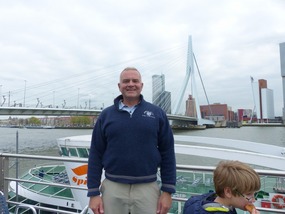
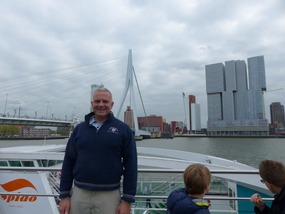

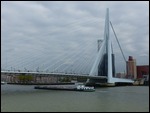
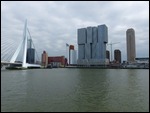
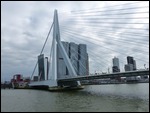

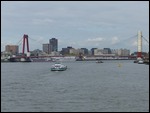
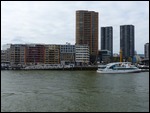
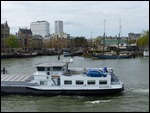

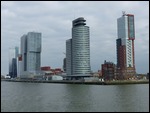
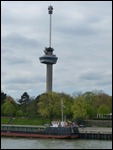
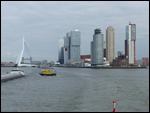
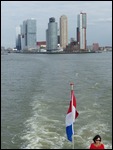
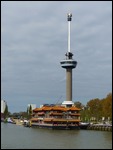
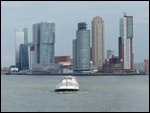
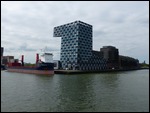
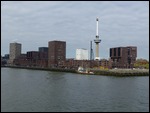
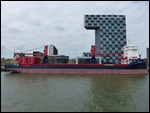

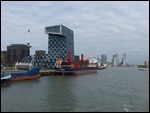
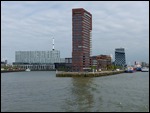
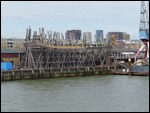
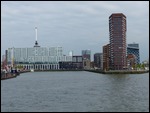


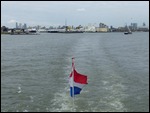
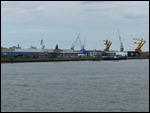
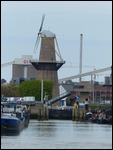
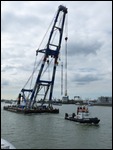
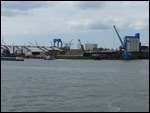
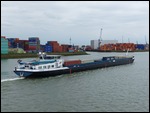
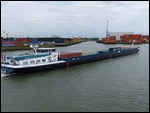
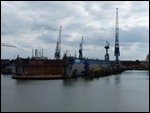
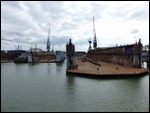
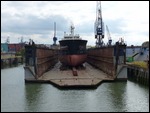

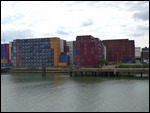
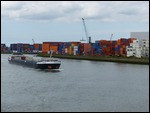
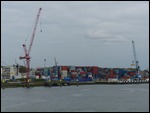
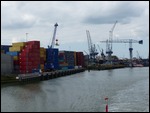

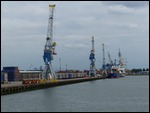
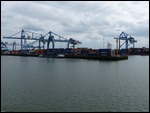
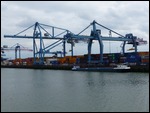
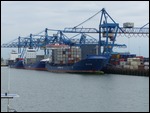
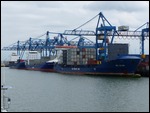
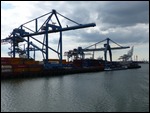
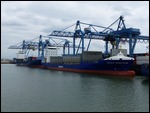
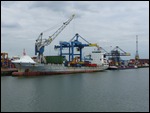
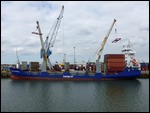
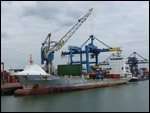
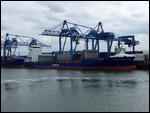
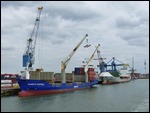
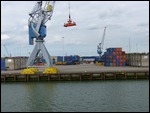
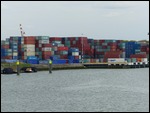
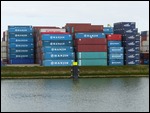
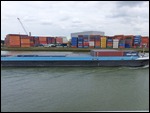
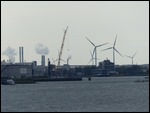
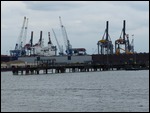
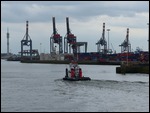
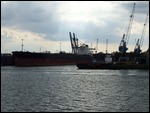
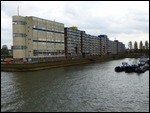
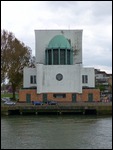
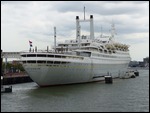

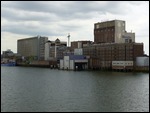
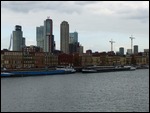
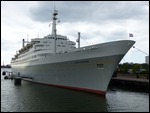
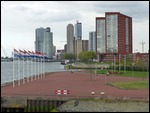
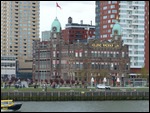
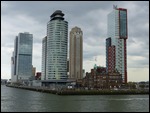
2025-05-22